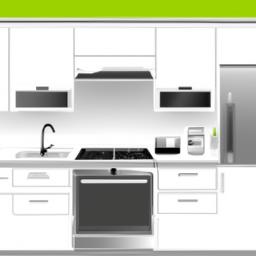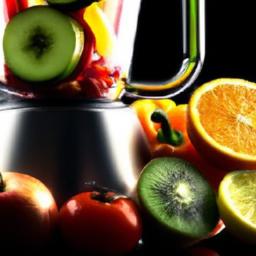
As we embark on updating our kitchen, selecting a new stove after over 15 years feels both exciting and daunting. Advances in appliance technology have introduced a wide array of options-from induction and convection to dual fuel and French top ranges-making it challenging to identify the perfect fit. This guide aims to clarify these choices by exploring key features and benefits, helping you confidently choose the ideal range for your culinary needs.
Choosing Your Cooking Energy Source
Selecting the type of fuel your stove uses is foundational to your cooking experience. The primary categories include gas, electric, and dual fuel models.
- Gas Stoves
Switching to gas was a game-changer for many home chefs, thanks largely to the precise temperature control it offers. Flames can be visibly adjusted in real-time, providing immediate feedback and flexibility. Gas stoves typically run on natural gas, although propane is an alternative for locations lacking gas infrastructure. Because gas burners emit significant heat, installing a high-quality range hood is essential to maintain kitchen comfort and safety.
- Electric Ranges
Electric ranges tend to be budget-friendly and straightforward to set up-simply plug in and cook. Their flat, smooth cooktops provide stability for pots and pans, are easy to clean, and heat evenly across surfaces. However, electric burners cool slowly, which can hamper quick temperature adjustments, sometimes resulting in burnt or overcooked meals when transitioning from high to low heat. Additionally, they rely on continuous electricity, posing challenges during power disruptions.
- Dual Fuel Stoves
The hybrid appeal of dual fuel ranges lies in combining a gas cooktop with an electric oven. This setup marries the precise stovetop control of gas with the consistent and often even heating electric ovens offer, catering to diverse cooking preferences.
Exploring Different Cooktop Surfaces
Cooktop design varies significantly and impacts performance, cleaning, and aesthetics.
- Coil Elements
Often the most cost-effective choice, coil cooktops have evolved to allow simple removal and cleaning beneath the elements. Modern designs sometimes feature seamless tops, reducing crevices where residues accumulate, thus simplifying upkeep.
- Smooth Glass or Ceramic Tops
These sleek, streamlined cooktops are favored for their polished appearance and even heat distribution. However, their delicate surfaces demand specialized cleaning products and prompt spill management to prevent staining or damage. Selecting models with raised edges helps contain spills, preventing them from seeping into vulnerable spots like door vents. Bear in mind that maintaining these surfaces can be challenging when the cooktop is still hot after use.
Advanced Cooking Technologies and Styles
Innovations in range technology have introduced various cooking methods that influence efficiency and culinary results.
- Convection Cooking
Convection ovens employ fans to circulate hot air evenly, often reducing cooking times and ensuring uniform results. However, adapting traditional recipes may require practice as temperatures and durations can differ. Opt for ovens with automatic convection conversion features, which adjust conventional settings for you, simplifying the transition.
- Induction Cooking
Induction technology uses electromagnetic fields to heat cookware directly, leading to rapid boiling-up to 25% faster than conventional electric tops-and exceptional temperature control. However, it requires compatible magnetic cookware, such as stainless steel or cast iron. Its energy efficiency and speed make it increasingly popular among modern cooks.
- Trivection Ranges
Offering a premium option, trivection combines microwave, convection, and traditional heating methods to significantly cut cooking times. Although it offers versatile cooking options, mastering it involves an initial learning curve to adjust recipes and timing effectively.
- French Top Cooking Surfaces
The French top features a large cast iron cooking surface with heat zones emanating from its center. Heat diffuses through the metal, providing indirect, gentle warmth ideal for delicate cooking tasks such as simmering sauces or melting chocolate-much like the approach valued by classical French cuisine. Users can shift pans across cooler and hotter zones to achieve precise temperature control without direct flame contact.
Current Trends and Considerations
In , consumer preferences show rising interest in induction and dual fuel ranges due to their blend of speed and versatility. An Energy Star report reveals induction ranges can reduce cooking energy consumption by up to 70%, aligning with sustainability goals. Additionally, smart ranges with Wi-Fi connectivity now allow remote temperature monitoring and recipe guidance, enhancing convenience in busy households. When choosing your range, weigh factors such as energy efficiency, cooking style preferences, maintenance, and integration with your kitchen’s ventilation system.
By understanding these varied features and how they align with your cooking habits, you can select a range that not only fits your budget but elevates your kitchen experience for years to come.




